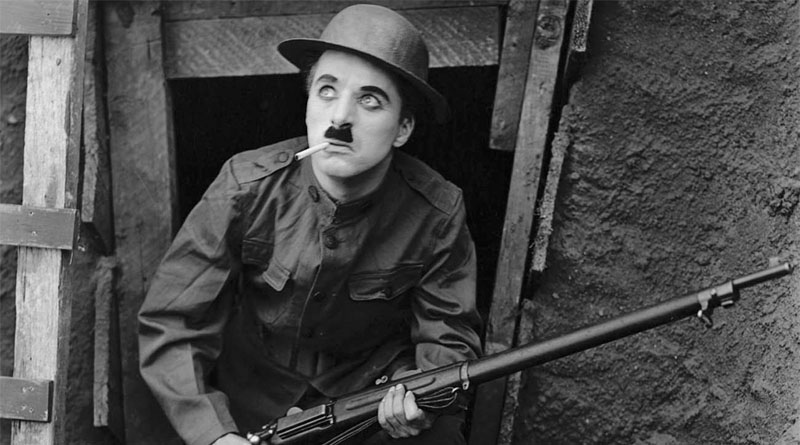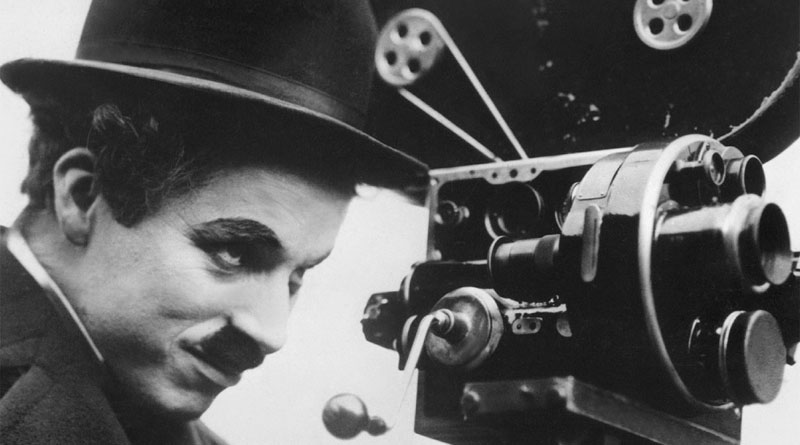Charlie Chaplin: Endless Artistry

An article by Biplab Das
Charlie Chaplin was born in 1889, in London. His childhood was marred with poverty and misery. His mother was a struggling film actress. He got his first acting job at the age of 14 while enjoying success in the music halls. In 1910 with Fred Karno troupe Chaplin went to the United States for a three-year gig. In 1913, in Philadelphia, Chaplin came to know that Mack Sennett’s Keystone Studios wants to hire him. Though Charlie Chaplin was less interested in the movies but he was overjoyed with Keystone’s salary of one hundred and fifty dollars a week. But he wrote to his brother Sydney, “Just think Sid, £35 per week is not to be laughed at and I only want to work about five years at that and then we are independent for life. I shall save like a son of a gun.”

However, at the Keystone he accidentally gave the birth of his famous ‘Tramp’. Charlie Chaplin said about the Tramp is that “It was just released whole from somewhere deep within my father, it was really my father’s alter ego, the little boy who never grew up: ragged, cold, hungry, but still thumbing his nose at the world.” Chaplin’s Tramp became successful instantly. Understanding that, Buster Keaton was careful to distinguish his own screen persona from Chaplin’s. At Keystone, Chaplin’s ambition and ideas took flight. He invented gags and routines for his film character. He also became aware that performance in movies doesn’t exist in isolation. He took control of the entire film business. He became film director, screenwriter and film editor. As Tramp, Chaplin’s popularity rose exponentially. As an instant celebrity, his fame and fortune also rose. In 1915, one critic wrote, “He was born to laughter as much as Edison was born to invention, and Tolstoy was born to world literature.” Once he understood what financial independence, he expanded the boundaries of what independence could mean. His realization involved an unprecedented artistic freedom. While Chaplin developing his on-screen persona, he also made explicit his sense of artistic calling. Chaplin became fabulously wealthy and he used that wealth to create art. By 1918, he realized that he couldn’t make films on ‘a schedule’. He became the owner of his own studio and did all the works. In 1922, he made an art film, ‘A woman in Paris’. Chaplin was a pantomime and rejected talking pictures initially. He made his silent films ‘City Lights’ and ‘Modern Times’ later. Chaplin turned to talking pictures with ‘The Great Dictator’.

He was accused of harboring communist sympathies which forced House Un-American Activities Communities to denounce him in 1947. He became a hero to pariah overnight. Chaplin followed it with a film set in Great Britain with ‘Limelight’. But somehow able to establish that he has lost his touch. In Great Britain, he made a lofty comedy film ‘A King in New York’, a satire on advertising, television, and Hollywood. His last film, ‘A Countess from Hong Kong’ was shot in 1967 starring Marlon Brando and Sophia Loren. Chaplin’s art overflowed the bounds of cinema and raised the tides of history. The story of Charlie Chaplin is the success of cinema.


